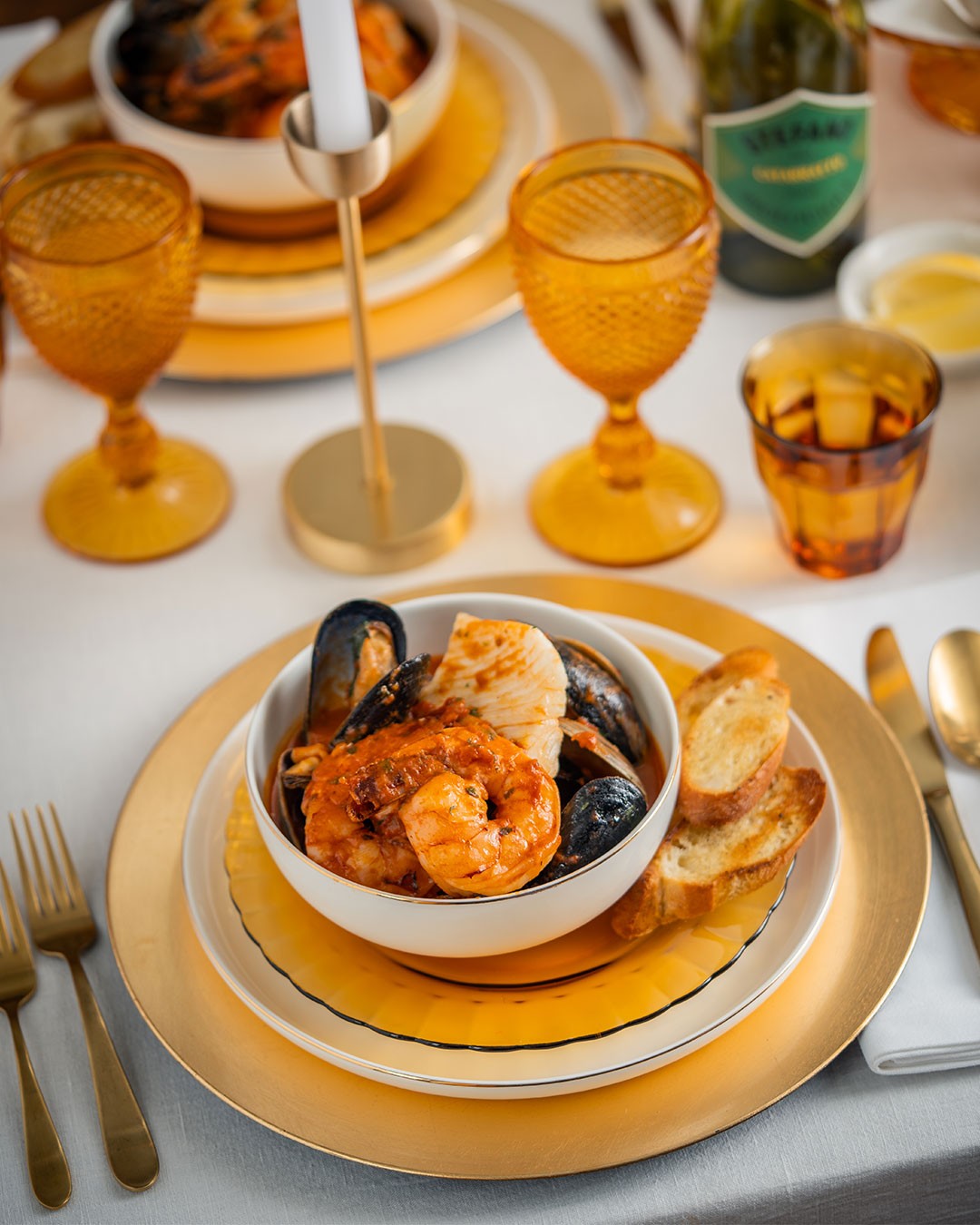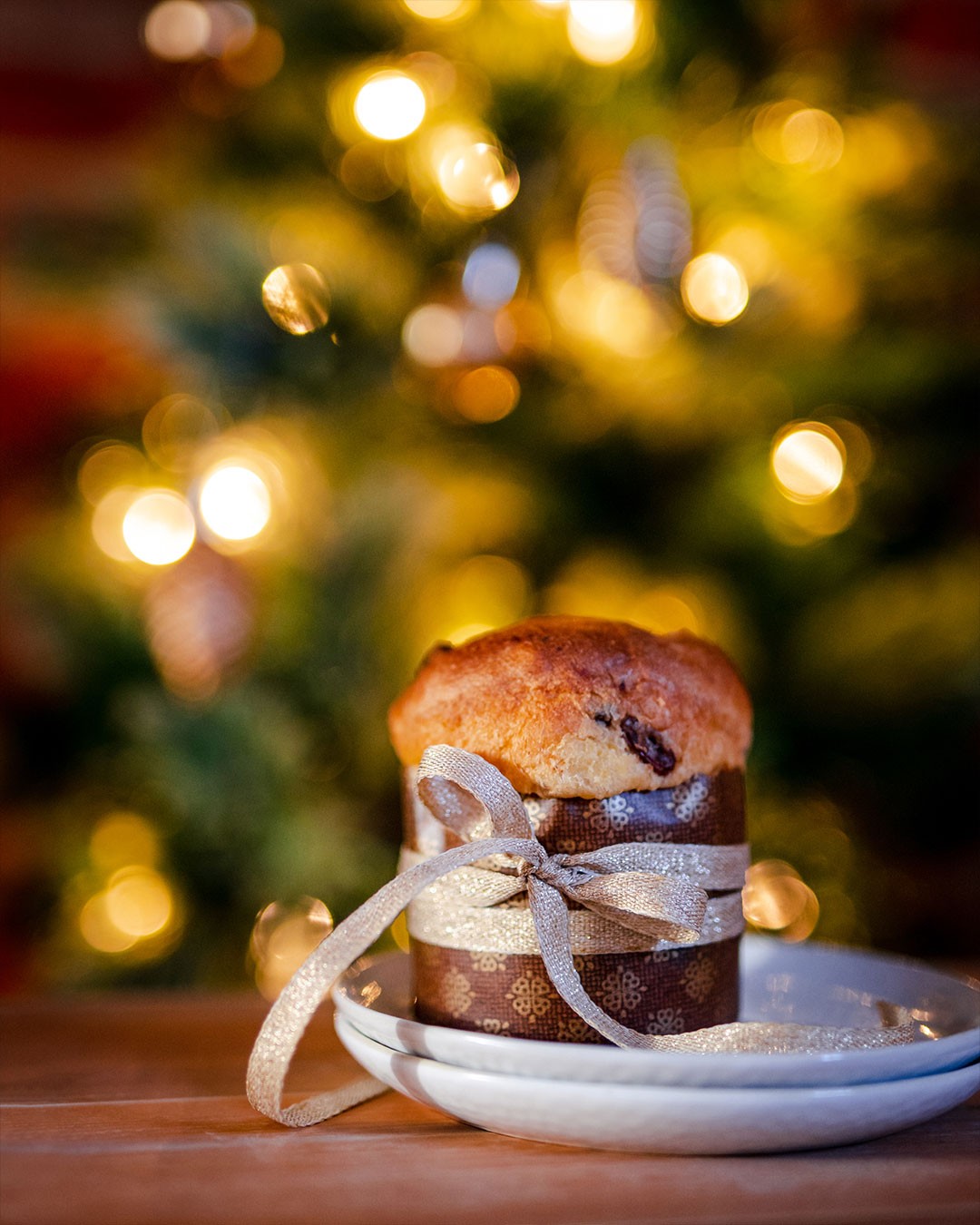’Tis the Season for Tradition: A Guide to Italian Holidays
You’ve probably noticed by now that Italian celebrations often have a bit of an exuberant flair. Homemade dishes multiply by the minute and the table seems to grow longer and wider as a surprising number of guests huddle around it. But mainly, it all tends to go on and on—Italians sure know how to make good things last! In the Old Country, the holidays stretch beyond the unmissable Christmas and New Year’s festivities, giving way to a cozy marathon of joyful and delicious traditions. So get into the spirit and work up an appetite: we’re kick-starting an Italian-style holiday season!
Mark Your Calendars
In Italy, Christmastime officially starts on December 8 with the celebrations of the Immaculate Conception, an occasion that usually comes with its very own public holiday. The perfect day off to put up the Christmas tree, to install the presepe (Italians love their Nativity scenes!) and to slowly get the ball rolling on holiday planning. The much-awaited Italian holiday period will thus go on from December 8, all the way to the Epiphany on January 6. Italians generally consider this entire cycle as a special and precious time, and in that sense, gift-giving isn’t solely reserved for Christmas Eve. Some families choose to offer presents up to two weeks before D-Day, always making sure to keep a little something for the Epiphany celebrations. You could say that Italians like to get in the groove early… just not as early as those of us who nail the wreath to the door the day after Halloween. To each his own!
A Wealth of Delights
On December 24, most Italians will drop by the local church for the traditional Christmas mass. Then, it’s finally time to gather for the cenone: the fest of Christmas Eve! Traditionally, this copious meal is mostly or entirely made up of fish and seafood specialties. (If you’re in the mood for a sea-inspired menu this year, check out our detailed rundown!) However, customs vary greatly and the Christmas Eve menus also boast an array of other delights such as crostini, tortellini in brodo, braised meats and the majestic panettone. No matter the preferences, the dishes are sure to keep rolling in until late in the evening.
After a little break to regroup (and digest!), it’s finally time to ring in the New Year with the Capodanno festivities. This occasion comes, you guessed it, with another boastful dinner that usually highlights foods symbolizing abundance and prosperity, such as lentils, pork, and grapes. Indeed, coin-shaped lentils evoke wealth. Pork symbolizes prosperity, mainly because the prized animal manages to produce such rich and fatty meat while mostly being fed scraps. And grapes, well they simply have been essential to the economic well-being of Italian communities since antiquity. Knowing all this, the typical New Year menu of cotechino or zampone (a traditional spiced pork sausage) and lentils makes a whole lot of sense. Many families also eat 12 grapes during the countdown, one for each month of the year to come. Italians say that chi mangia l’uva per Capodanno, maneggia i quattrini tutto l’anno: those who eat grapes on New Year’s will have money all year. (It’s worth a try.) People in certain areas of the Boot also throw their old pots and pans by the window on January 1. Talk about a theatrical way to make room for the new year—out with the old, in with the new!
Wrapping Things Up With a Visit From a Beloved Witch
It’s now already the end of the season and people are prepping for the last celebration of the holidays: Epiphany. January 6 marks the day when the three Magi visited baby Jesus bearing gifts. This lesser-known holiday on this side of the Atlantic is very popular in Italy and most families make time for it. It’s the perfect occasion to gather one last time before going back to work or school. Plus, it also opens the door (or the chimney!) to one of the most loved folkloric characters of Italian culture: the cheeky Befana! This good-hearted holiday witch was apparently visited by the three Magi as she was busy cleaning her home. She refused to follow them on their gift-giving journey to Bethlehem as she still had some tidying up to do. But FOMO hit her hard and so she decided to jump on her broomstick and fly away in search of the three kings. A little inexperienced with air travel, she lost her way and decided to offer her presents to local kids instead.
And so it’s the Befana Italian kids have to thank for the little offerings they find on the morning of the Epiphany in the socks that were left hanging by the mantle. Some families even leave out some bread, sausage, and wine for her—the Italian version of the classic milk and cookies we offer our North American Santa Claus. It should be noted that in Italy, Befana is more popular than Santa. She embodies a rich and comforting tradition of love and care that most certainly reminds folks of the mother and grandmother figures in their lives. Befana even sweeps the house a little before flying away! The broom symbolism of the legend is not just fun and merry, it also speaks of the need to sweep away quibbles, worries, and bad behaviours from the previous year to start fresh. After the visit of the Befana and the celebrations of the Epiphany, Italians are finally ready to put an end to the holidays and go back, fully energized, to their busy schedules. A nice one that Befana lady!
Whether you keep the holiday magic alive from December 8 to January 6, or more simply, try out a festive recipe or incorporate a new ritual into your longstanding traditions, we hope the warmth of the Italian holidays makes its way to you and your loved ones.
Happy holidays and buon appetito!








